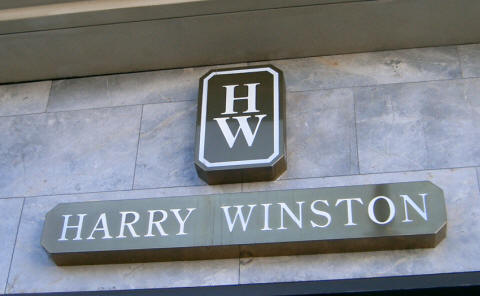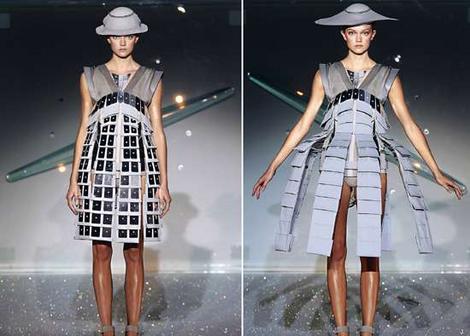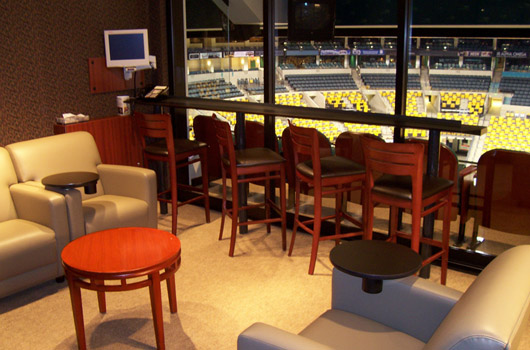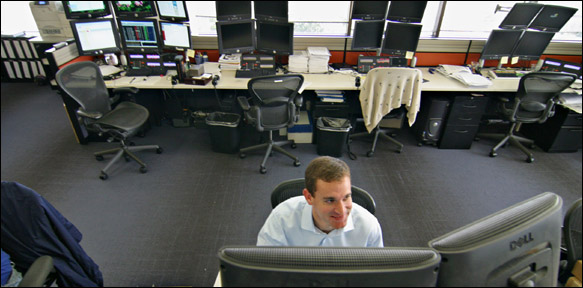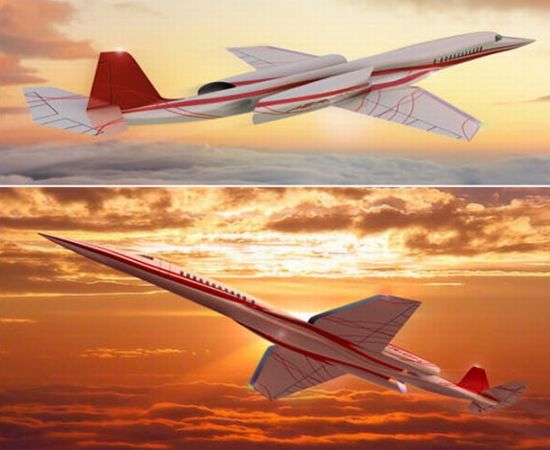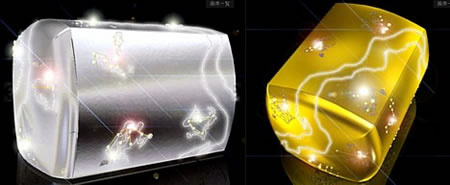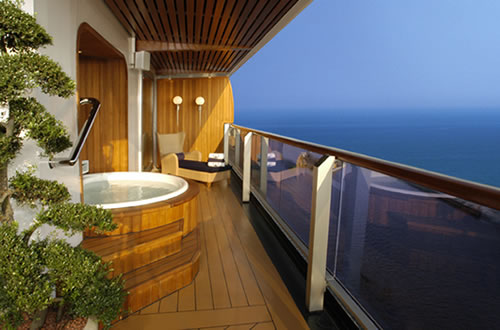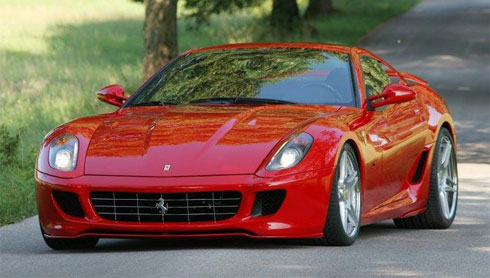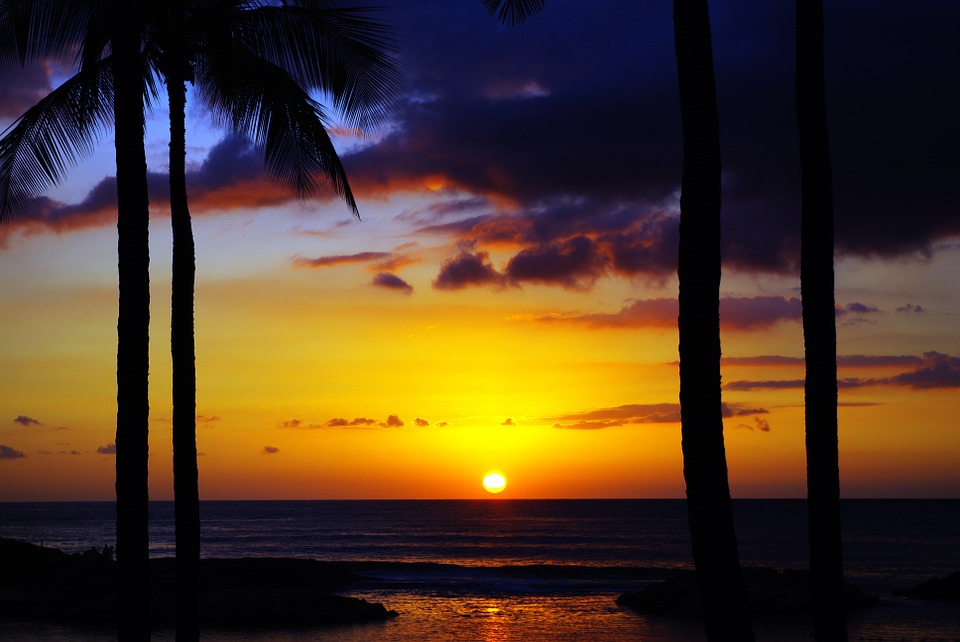
Paradise and Hawaii are synonymous. The chain of Pacific Islands is one of the most beautiful spots on earth. Maui has often been described as the best island in the world, and I tend to agree. If you do go, what are some best things to see and do on Maui? Well you can spend your laid back Hawaiian vacation sipping pool side drinks, but your trip will be much more meaningful if you take in the unique, local sights.
For 12 years in a row, Maui was named the Best Island in the World by Conde Nast Traveler, and the folks there know a thing or two about top travel destinations. In fact, Maui has also been named the Top Travel Destination by Conde Nast Travel voters.
What is it about Maui that makes it the best island in the Pacific Rim, and perhaps the top vacation spot in the world? Besides the obvious natural beauty characteristic of all Hawaiian islands, Maui has the added benefit of perfect travel weather, Upcountry agriculture for fresh homegrown produce, and more children and family activities than any other Hawaiian island. Add in award-winning restaurants, lodgings that range from the most eco-friendly to top luxury resorts, world-class golf courses, upscale shopping, galleries featuring local artists, and of course the best snorkel and scuba sites anywhere – any tourist can see that Maui is in a class by itself. Tourists have great vacations without leaving their hotel grounds, simply relaxing by the pool or ocean. However, to get a real flavor of this perfect South Pacific island, a more interesting vacation can be had by exploring your surrounds.
What are the best things to see and do on Maui?
– Maui was formed by two adjacent volcanoes, and today the two peaks are joined by a long, lush valley (hence its moniker, “The Valley Isle”). The East Maui volcano is Haleakala, and the West Maui volcano, is Kahoolawe.
– Iao Valley, between them but closer to Kahoolawe, is like a land from another time – it takes little to imagine seeing a pterodactyl soar by, or perhaps hobbits puttering about. For tourists who like to geocache, and who travel with their handheld GPS devices, there is also a tricky geocache here. The Iao Needle is a goal for many tourists in the Iao Valley; I like the walk and hike along the way just as much.
– The Whalers Village Museum in Lahaina is a fun family place to see on West Maui, especially if you like the natural history element of museums. Lahaina as a town has many, many family vacation ideals, and during peak travel season the town is crawling with kids.
– If you want to spend as much of your Maui vacation outdoors as you can, the petroglyphs in Olowalu are interesting; this area is not well traveled, it’s a genuinely remote part of Maui. Children won’t like the hike, but adults like the closeness and accessibility of the petroglyphs. Please respect the area as a monument to Hawaiian history (it’s depressing to see a little “modern” graffiti scattered on the cliffs here).
– Haleakala is much bigger, and more impressive than Kahoolawe. It takes about 2 hours to drive to the peak of Haleakala, and when the elevation gets to the tree line, the temperature actually drops a full degree every yard or so. Haleakala provides a spectacular vista, and during peak tourist seasons can get pretty crowded. I recommend getting up early to see the sunrise from Haleakala; most people on vacation choose to sleep later, so it might not be as crowded, plus the 360 degree view is unforgettable. Further, by 1:00 in the afternoon, clouds settle into the crater, so that visitors can’t get a clear view all the way down.
– A popular, favorite tourist attraction is in fact a day trip: The Road to Hana is worth the car rental. Leave early in the morning and plan for many scenic stops along the way. The giant waterfalls and preserved rain forest of Hana make it the best way I can imagine having to be in a car while on vacation. The road to Hana is curvy and not well maintained, with 54 bridges (pace yourself – they’re all photo-worthy) and a multitude of waterfalls and rainbows.
– My favorite stops along the road to Hana are the town of Paia (for the best packed lunch to picnic along the way), Kula (the Upcountry’s farmland), the ‘Ohe’o Gulch (7 Sacred Pools – amazing) and Wailua Falls. Take your time on the road to Hana, please; there are some sweet little local artist communities and many other stops along the way that make it all about the trip as well as the destination.
– The Maui Ocean Center in Ma’alaea Harbor is roughly In between the towns of Kihei and Lahaina. The Maui Ocean Center has hammerhead sharks, sea turtles (they’re returned to the Pacific upon reaching adulthood), and other local marine life on exhibit. This was a great trip for my younger child, who was too little to get the hang of snorkeling.
– The most upscale resorts are found along the loveliest stretch of shoreline in Maui, in Wailea. Great snorkeling in Wailea is had by simply wading in and starting. Giant sea turtles relax along the naturally formed jetties in Wailea, and dolphins seem to get a kick out of putting on a free show for Wailea visitors.
– The best snorkeling and scuba diving isn’t right off the beaches of Wailea in Maui, however; reserve a spot on a boat to take you 25 minutes out to Molokini. Molokini is an uninhabited, extinct volcano, pure lava rock with a bird sanctuary above. Because there is no sand, just coral reefs and lava rock, the water stays as clear as glass. Molokini is most quickly gotten to from The Maui Prince Hotel in Makena, just to the east of Wailea. On one boat trip back from Molokini, we saw two humpback whales breaching maybe 20 yards off the boat’s starboard bow. It rocked the boat, of course, and was an unforgettable, moving experience.
Anyone can have a nice vacation in Maui by spending a week on the resort grounds, swimming in the pool and sipping fruity drinks. But you can do this anywhere (with the right weather). Maui has so much more to offer than just luxury all-inclusive resorts and hotels. Your memories of your vacation in Maui will be richer and deeper, if you venture off the resort property and soak up the local culture, history, and nature.
Maui is the best island and the top travel destination in the world for a reason, and that’s not for the pool side drinks alone. My favorite vacation island in the world might be yours, too, when you do and see some of the great things on Maui.
